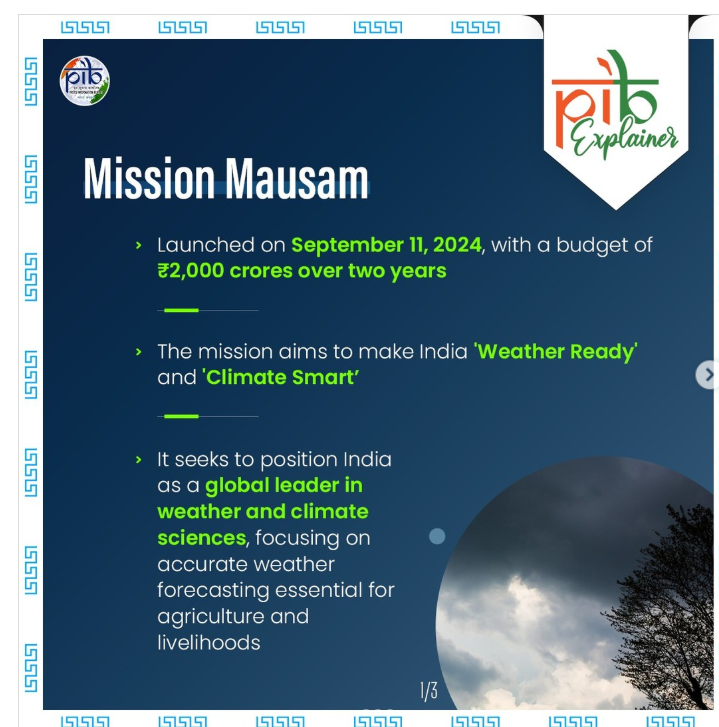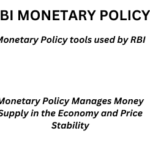Monsoon Arrives Early in India: Understanding the Causes and Implications

The southwest monsoon arrived in Kerala on Saturday, May 24. Its usual onset is June 1.
As per the India Meteorological Department (IMD) it is due to a combination of favourable atmospheric and oceanic conditions.
- A low-pressure area developed over the Arabian Sea, along with a trough line extending across Vidarbha. This significantly enhanced moisture inflow and atmospheric convection, which accelerated the monsoon’s advance over the Indian subcontinent.
- Neutral El Nino–Southern Oscillation (ENSO) conditions. It which typically support a normal or stronger monsoon
Also significant initiatives like the Monsoon Mission and High Performance Computing-based forecasting systems have improved resource management, crop yields, and reduced weather-related losses in recent years.
LEARNING FROM HOME/ WITHOUT CLASSES/ BASICS
MONSOON: The seasonal reversal of winds and the associated rainfall. This word derived from the Arabic word “Mausim”. The annual oscillation in the apparent position of the Sun between the Tropics of Cancer and Capricorn causes the annual oscillation in the position of the thermal equator (region of maximum heating) on the Earth’s surface. This associated with the annual oscillation of temperature, pressure, wind, cloudiness, rain etc. This is the cause of the monsoons.
On the Earth’s surface, there are asymmetries of land and Ocean. The differential heating of land and Ocean cause variations in the intensity of the annual oscillation of the thermal equator. And hence regional variations in the intensity of monsoon. The southwesterly wind flow occurring over most parts of India. And Indian Seas gives rise to southwest monsoon over India from June to September
EI NINO
The oceanic atmospheric phenomenon wherein waters in the equatorial Pacific warm up abnormally due to weakening of trade winds is termed as El Nino. El Nino, means ‘little boy’ in Spanish. It is a weather system which re-emerges after a gap of about two to five years in the Pacific Ocean. Its effects last for about 12 months on an average.
El Nino leads to warming of sea surface temperatures. Which in turn affects wind patterns and triggers both floods and droughts in different parts of the world.
El NINO AND INDIAN MONSOON
This phenomenon affects rainfall in India during the Monsoon months. Trade winds normally blow westward from South America towards Asia during Indian monsoon months.
Warming of the Pacific results in weakening of these winds. Moisture and the heat content thereby, gets limited. And results in reduction and uneven distribution of rainfall across the Indian sub-continent.
LA NINA
Means The Little Girl in Spanish. La Nina is also sometimes called “a cold event”. La Nina episodes represent periods of below-average sea surface temperatures across the east-central Equatorial Pacific. Global climate La Nina impacts tend to be opposite those of El Nino impacts.
El Nino and La Nina are opposite phases of what is known as the El Nino-Southern Oscillation (ENSO) cycle.







0 Comments